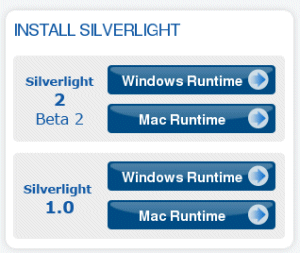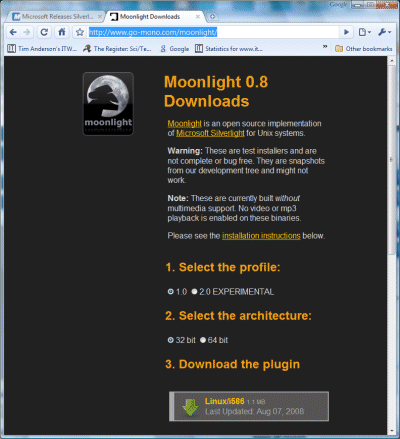Adobe has just released version 10 of the Flash runtime, the piece which is now at the heart of many of the company’s other products. It is extraordinary to recall that there was no Flash in Adobe until 2005 and the acquisition of Macromedia. Flash is now Adobe’s platform, and much of the output from other products like Photoshop or Creative Suite ends up as Flash content. Before 2005 you could argue that PDF was Adobe’s platform; it remains important, but now we are seeing Flash encroach on that territory with new typography and text-handling features forming one of the key advances in Flash 10. Adobe’s online word processor, Buzzword, is based on Flash and not PDF; whereas in the old world I might send you a link to a PDF, or attach it to an email, now I might send a link to a Buzzword document. I’d perhaps more likely send a link to a Google doc, of course, but you can see where Adobe is going with this.
The thing that Adobe talks about most in Flash 10 is Pixel Bender, formerly code-named Hydra, a graphics programming language that enables custom filters, effects and blend modes. Translation: fancy video effects. There is also an improved drawing API, 3D effects, more use of hardware acceleration, and new sound APIs. Game developers will love it, so will those designing Flash ads.
The other thing Adobe emphasises is reach. Flash is on 800M devices, we were told at the online press briefing yesterday, with 1 billion projected for 2009, and delivers 80% of the web’s video. I asked how many of the 800M were Flash 9 or better; I did not get an answer to the exact question; Adobe’s reply talked only about web-connected PCs. There is more of a problem with devices; Flash on my Smartphone (Windows Mobile 6) is a terrible experience.
It can’t be a coincidence that Microsoft has delivered the final Silverlight 2.0 runtime at almost the same time as Flash 10 appears. A few observations on Flash vs Silverlight. Microsoft is the underdog here, in respect of reach and of course adoption, though that’s hardly a surprise considering Silverlight is new and Flash has been around for years. Still, why would a Flash developer would migrate towards Silverlight? I’m not seeing much sign of that.
Despite their obvious similarities, Flash and Silverlight are being presented in different ways. Adobe puts the emphasis on multimedia capabilities, while Microsoft highlights application capabilities. In fact, I think of Flash as a multimedia runtime with application capabilities, whereas I think of Silverlight as an application runtime with multimedia capabilities. Adobe treats the application aspect as a separate topic, to do with Flex and Flex Builder, whereas it is central to Microsoft’s Silverlight story. Both companies play to their strengths; things look better for Microsoft if you talk about Visual Studio versus Flex Builder, rather than Silverlight versus Flash. Equally, if you position CS4 versus the Expression suite, it looks pretty bad.
The Flash runtime is around 1.8MB, whereas Silverlight is around 4.5MB. Personally I doubt that is of much significance, except for users on dial-up connections. They are both small enough.
Kudos to Adobe for delivering Flash 10 for Linux at the same time as for other platforms. I successfully installed this on my Ubuntu system, though the process is not as smooth as on Windows. This contrasts with Microsoft’s uncertain Linux support with Silverlight/Moonlight.
Finally, a comment from the spokesperson the press briefing has stayed in my mind. “We are able to upgrade the Web very quickly”, he said. Does the Web belong to Adobe, that it can upgrade it?


